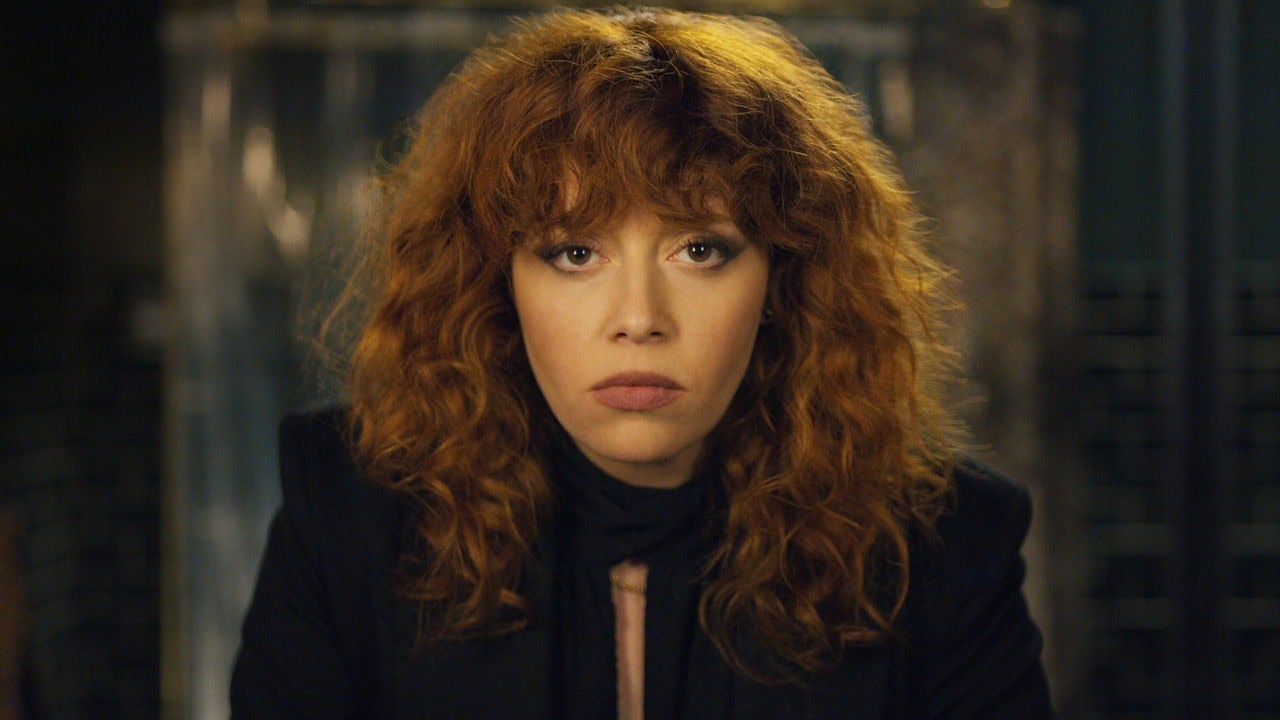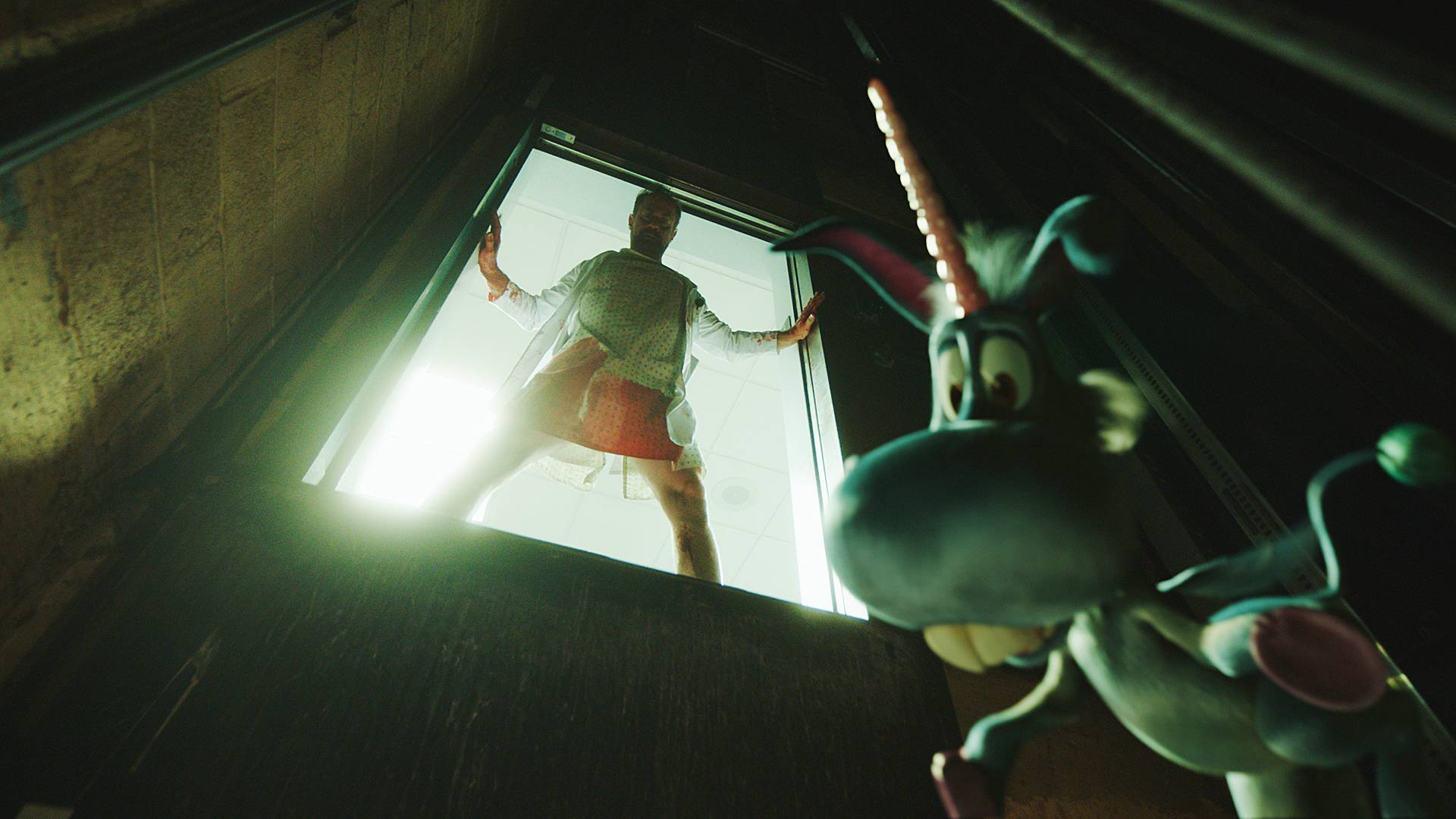
Many actors have served in the military. Some actors were serious, while others were more adventurous. Some of the more well-known names in the entertainment industry also served in the military. They include Mel Brooks (and Andy Rooney), David Niven, Randy Couture and many others. Here are some actors who have served the military and the things they did for their country.
James Stewart
James Stewart served as an officer in the military between 1942 and 1945. His military service included time as an Operations Officer with the 703rd Bombardment Squadron of the 445th Bombardment Group in England. He felt that combat duty was impossible. Stewart wrote to his commander, Lt.Col. Walter E. Arnold Jr. to express his despair. Arnold understood Stewart's situation well and recommended Stewart as the commander of 445th Bombardment Group. The B-24 Liberator group, which just finished initial training and was now preparing to deploy in Europe, was the subject of this letter.
Andy Rooney
Andy Rooney, a war correspondent, served in the military during World War II. He was assigned to England's Army Air Corps. He flew many American bombers. He later transferred to the ground war following D-Day and was assigned to the China-Burma-India theater. Rooney wrote many Stars and Stripes stories during his time with the army.

Randy Couture
Randy Couture, a mixed martial artist and actor, is a veteran of the military. He joined Army in 1982 and served in the 101st Airborne as a Sergeant. Couture discovered a love for wrestling while serving in the Army and applied to the U.S. Army's Freestyle Wrestling team. He was not selected to the team and decided to try out for Greco Roman wrestling.
Art Carney
Art Carney was born in slavery in Norfolk, Virginia in 1840. He was eventually freed and moved to Massachusetts. He was a gifted young man and could mimic the voices of famous people. Before joining the Army, he worked in many radio stations. His character Philly from the Joe and Ethel Turp radio show prefigured his role later as Ed Norton, the notorious "Gangbusters" actor.
Bob Crane
Bob Crane was an active member of the military prior to becoming a star actor. He enlisted in the Army Air Corps at the age of 18 and served for three years. He was then sent to Italy's Army of Occupation after World War II. He also trained to become a B-29 Superfortress' tail gunner. His mission was to send him to the South Pacific, but he was not sent before the war ended.
Robert Duvall
Robert Duvall enlisted in the Army from 1953 to 1955. He was a Private First Class in the Army, stationed Georgia. While serving, he enrolled in a theatre program and performed in amateur productions. Acting in a play entitled "Room Service" during his Army time was something he did.

Don Rickles
Don Rickles was a New Yorker who served in the Navy during World War II. He was awarded an honorable discharge in 1946. During his military service he was stationed at the Philippines. After returning to the United States, he pursued a career in acting. He started as a stand-up comedian, and began performing impressions for churches and bingo parlors. Later, he made Los Angeles his home and was a regular performer at the Slate Brothers.
FAQ
How TV ads measure?
Advertisers use the number of people who actually view an ad to measure their effectiveness. They also evaluate whether the ads reach their target audience.
Surveys that ask viewers if the ad was seen are used by them to do this. If they respond yes, they are aware that they were exposed.
If they say no, they know they weren't exposed to the ad. This indicates how effective the ad reached its target market.
Does TV affect sales?
TV is a powerful tool for sales, as it allows consumers and sellers to see what products they have available.
Customers often compare prices before they buy something. People often look at product advertisements and think, "I wonder how I can afford that?"
Which industry is most active on television?
The automotive industry.
They advertise their cars so often because they are always trying to improve them. They want them to be safer, faster, and better.
They must also keep customers interested in their products.
So what do they do? They advertise all over.
On billboards, bus stops, television, radio, magazines, newspapers, you name it.
They're more than just ads.
They're very different from each other. Some are funny and others are informative.
It doesn't really matter what kind you are watching, though.
How are TV ads delivered?
Television ads are most commonly distributed via satellite, cable, IPTV, IPTV, over the-air broadcast, DVRs and VODs.
There are many options available today to provide content to consumers. However, it is not common for companies to choose the best way to distribute advertising.
This is because they all use the same metrics to decide which delivery method they will use.
If you want to measure ad effectiveness via viewing time, you will need to ensure that your advertisement is available on as many platforms and devices as possible.
You will want to make sure your ads reach as many eyes as possible if you are evaluating ad effectiveness on the basis of impressions.
These two methods are not always compatible.
For instance, if you're delivering an advertisement on multiple platforms, but only one platform delivers high-quality video, then you may end up getting fewer views from that particular platform.
You might miss some opportunities if you only look at time as a measure of your success.
How does TV Advertising work
Television advertising is an effective method to reach consumers while they are watching television. It is also very economical. Commercial breaks are probably the most widely used form of advertising. These commercial breaks last 30 seconds, but they can sometimes be longer if there's a special event like a sporting match or awards ceremony. Commercials are often sponsored by companies who want to promote their products or services. These companies pay for the airtime. Some commercials include product information while others only show images or music. Programs often have 'product positioning' which allows brands to be featured in the program. This may involve a brand appearing in a scene, showing how their product could be used, or providing background information about the product.
What are the different styles of commercials?
Television Commercials, Radio Commercials, & Print Ads are the three major types of commercials.
TV commercials typically last 30 seconds. They're used frequently for brand awareness campaigns.
Radio commercials can be longer than 1 minute and are used for product marketing.
Print ads are usually shorter than 2 to 3 minutes and targeted at specific audiences.
Statistics
- Television is a great brand awareness tool - Almost every American has a television, with 83 percent of adults having two or more, and American households keep their televisions on for 8.1 hours each day on average. (marketingevolution.com)
- 93 percent of American adults listen to the radio over the course of the week. (marketingevolution.com)
- In fact, when the ad first launched, Dos Equis quickly became one of the fastest-growing beers, increasing its sales by over 22%. (qualitylogoproducts.com)
- To get estimated costs for airing a 60-second TV commercial in different regional markets, check out the following figures in this TV ad pricing chart from the media experts at Casual Precision. (fitsmallbusiness.com)
- Video-ad views on OTT (over-the-top) devices grew 63% year over year in Q3 2016, and the trend is expected to continue, further crippling traditional TV advertising. (clearcode.cc)
External Links
How To
How does the TV Advertising Industry work?
The TV advertising industry includes many companies that all need to collaborate to ensure that adverts are shown on television at the best time and place. Ads must be relevant and not offend viewers.
The media buying company purchases the airtime from the networks. They then sell the airtime to the advertiser. This is where you as an advertiser pay for the airtime. You can buy individual timeslots or the entire day.
Once the airtime is bought, the media buying company sends the advert to the network. The network shows the ad during the broadcast time.
A viewer who watches the ad may click on the link that takes them to the advertiser's web site. If the advertiser clicks on that link, the media buyer company is then repaid.
This continues until your advert is complete. The media buying company receives the money from advertisers and passes it to network.
Advertising agencies design the ads and forward them to the media buying agency. They manage the creative aspects of the campaign.
They also manage and coordinate the creative aspects of the campaign. They also manage the production process and work with clients to determine the budget.
They supervise the entire campaign, and keep track.